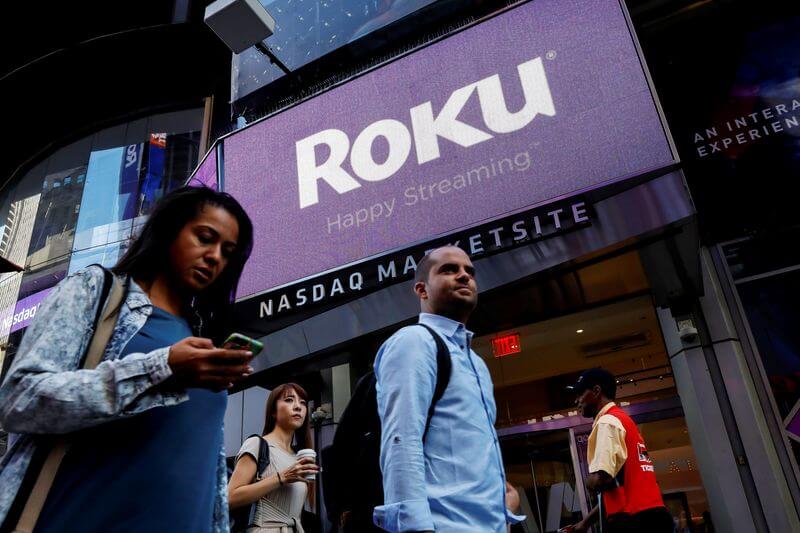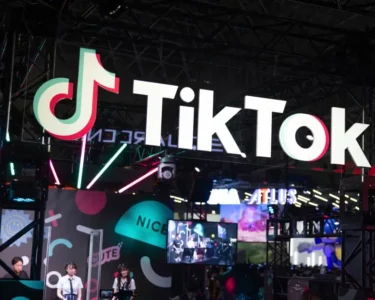July 27 (Reuters) – Roku (ROKU.O), the leading streaming device maker, has emerged as a standout performer in the digital advertising landscape, defying the challenges posed by recent economic uncertainties. The company’s second-quarter results surpassed market expectations, buoyed by an upswing in ad sales, driving its shares up by an impressive 9% after the bell.
In a market characterized by fluctuating inflation rates and evolving consumer sentiment, companies have taken a cautious approach to advertising expenditures in recent months. However, recent signs of cooling inflation and improving consumer confidence have prompted companies to reevaluate their advertising strategies. This shift in sentiment has worked to Roku’s advantage, leading to a notable increase in ad spending across various verticals.
Roku’s executives reported that several ad verticals have shown signs of improvement, contributing to modest year-over-year platform revenue growth in Q2. This, combined with their optimistic outlook, places Roku in a favorable position to capitalize on a recovering ad market. The company’s projections for the July-September period point towards a net revenue of $815 million, surpassing analysts’ predictions of $809.6 million according to Refinitiv data.
Chief Financial Officer Dan Jedda highlighted that the surge in ad spending is particularly evident in the consumer products and health and wellness industries. However, the tech, media, and entertainment sectors have faced challenges amid the changing advertising landscape.
Roku’s impressive performance also comes in the wake of upbeat results from other digital giants, including Meta Platforms (formerly Facebook, META.O) and Alphabet (GOOGL.O), who reported higher digital ad sales.
An area of success for Roku lies in its ability to seize advertising dollars by shifting from traditional linear distribution to over-the-top (OTT) platforms. As more consumers embrace streaming services, traditional ad channels are losing ground, and Roku has strategically positioned itself to benefit from this shift. Furthermore, the company has succeeded in diverting advertising spend from other digital channels, demonstrating its capacity to adapt and innovate in a competitive market.
In addition to its streaming device offerings, Roku operates its ad-supported channel, bolstering its revenue streams and diversifying its business model. This move has proven to be fruitful, as the company’s net revenue grew by an impressive 11% to reach $847.2 million in the quarter ending June. These results significantly exceeded market estimates, which had projected net revenue at $774.5 million. Additionally, Roku’s adjusted loss came in at 76 cents per share, far better than the anticipated loss of $1.26 per share.
Roku’s sustained growth is also evident in its rapidly expanding user base. The company added 1.9 million “active accounts” during the previous quarter, bringing the total to an impressive 73.5 million.
Analysts have been quick to recognize Roku’s accomplishments, attributing its success to the company’s innovative approach and ability to carve out a significant share of the digital advertising market. With consumers increasingly turning to streaming platforms for their entertainment needs, Roku’s user-friendly devices and ad-supported content offer an appealing proposition for both advertisers and consumers alike.
As Roku continues to strengthen its position in the digital advertising space, investors and industry experts alike eagerly await the company’s further growth prospects. With an optimistic outlook and a proven track record, Roku remains a compelling player in the ever-evolving landscape of digital advertising and streaming services.





